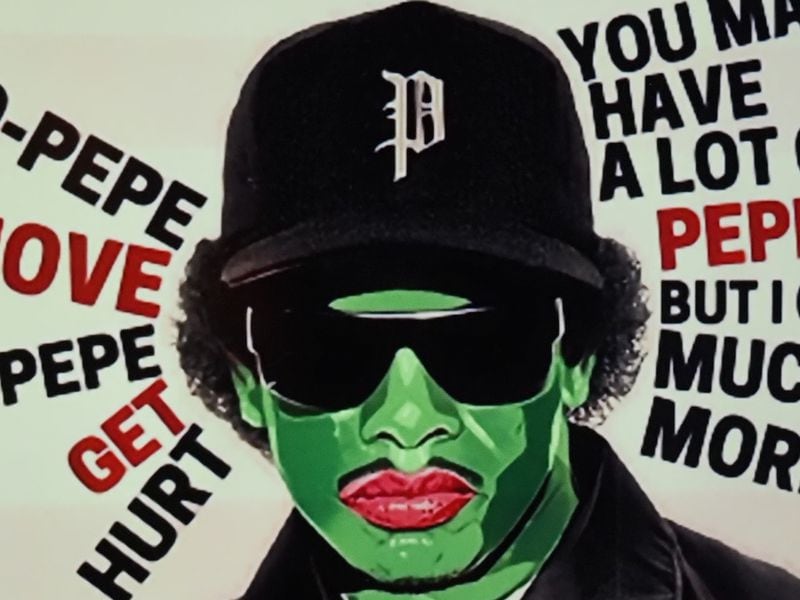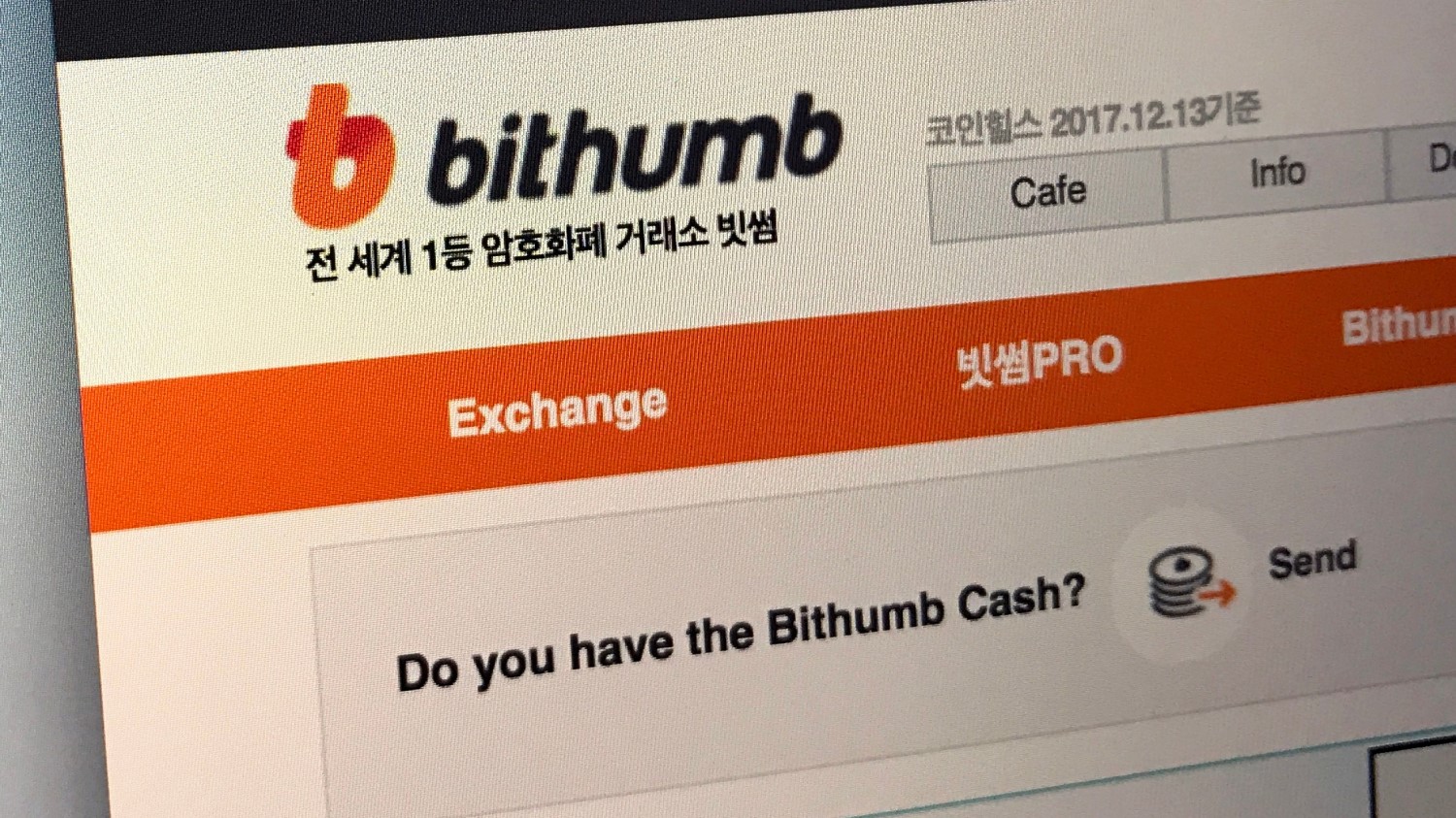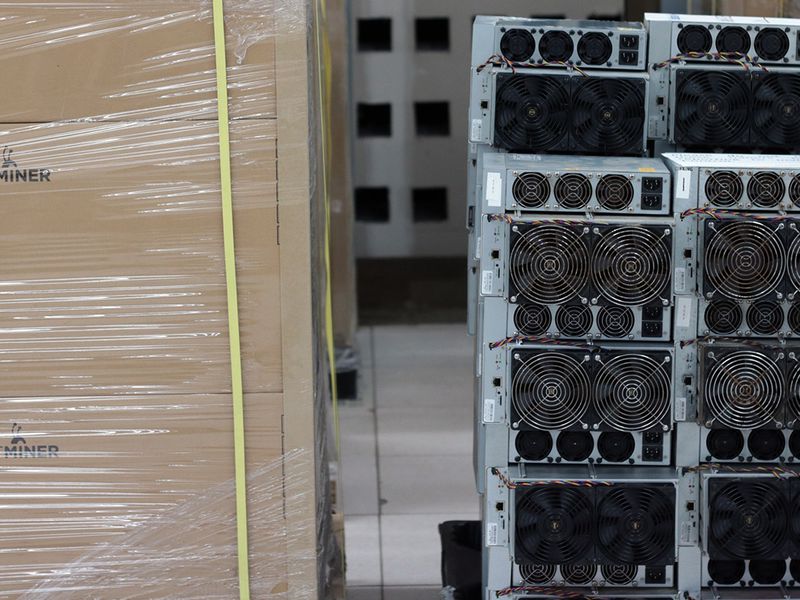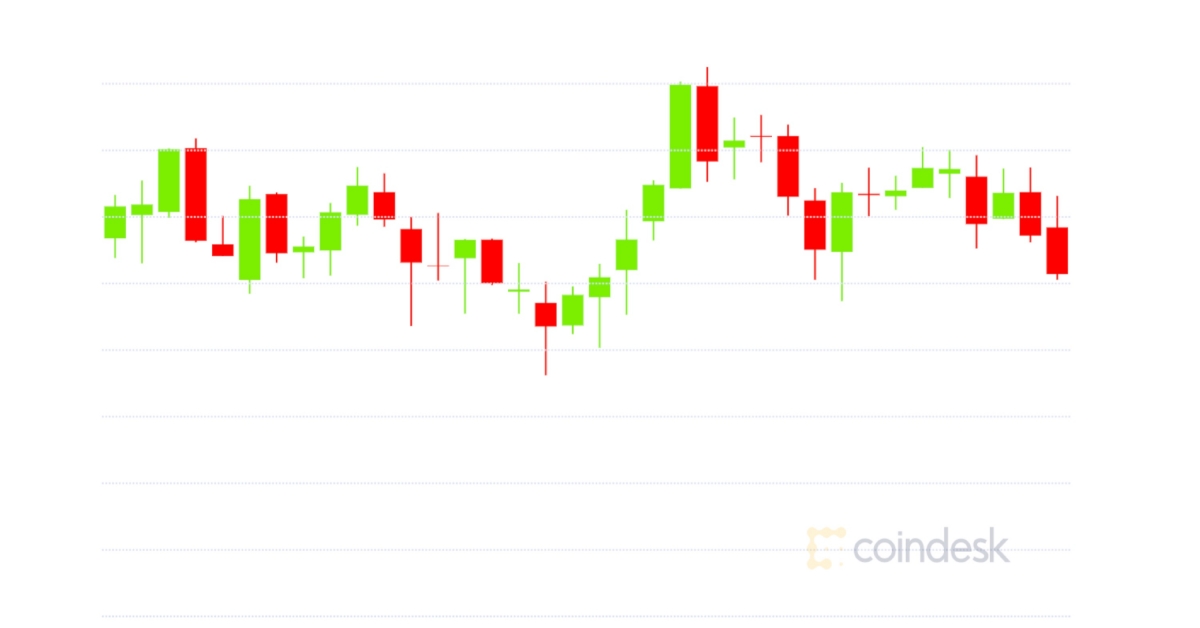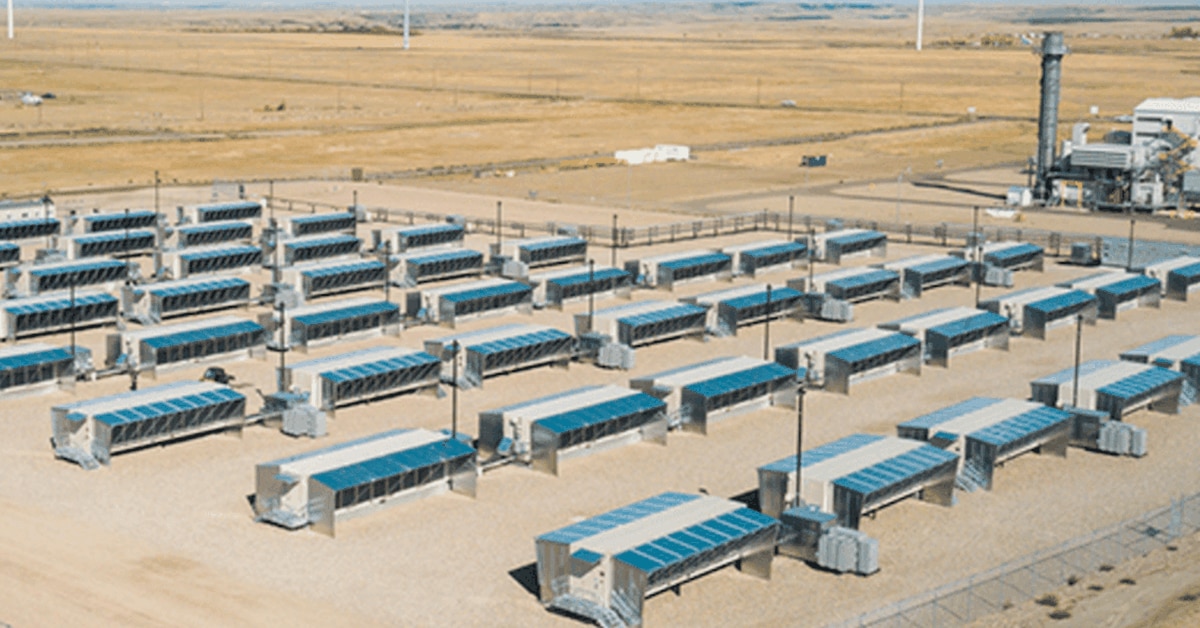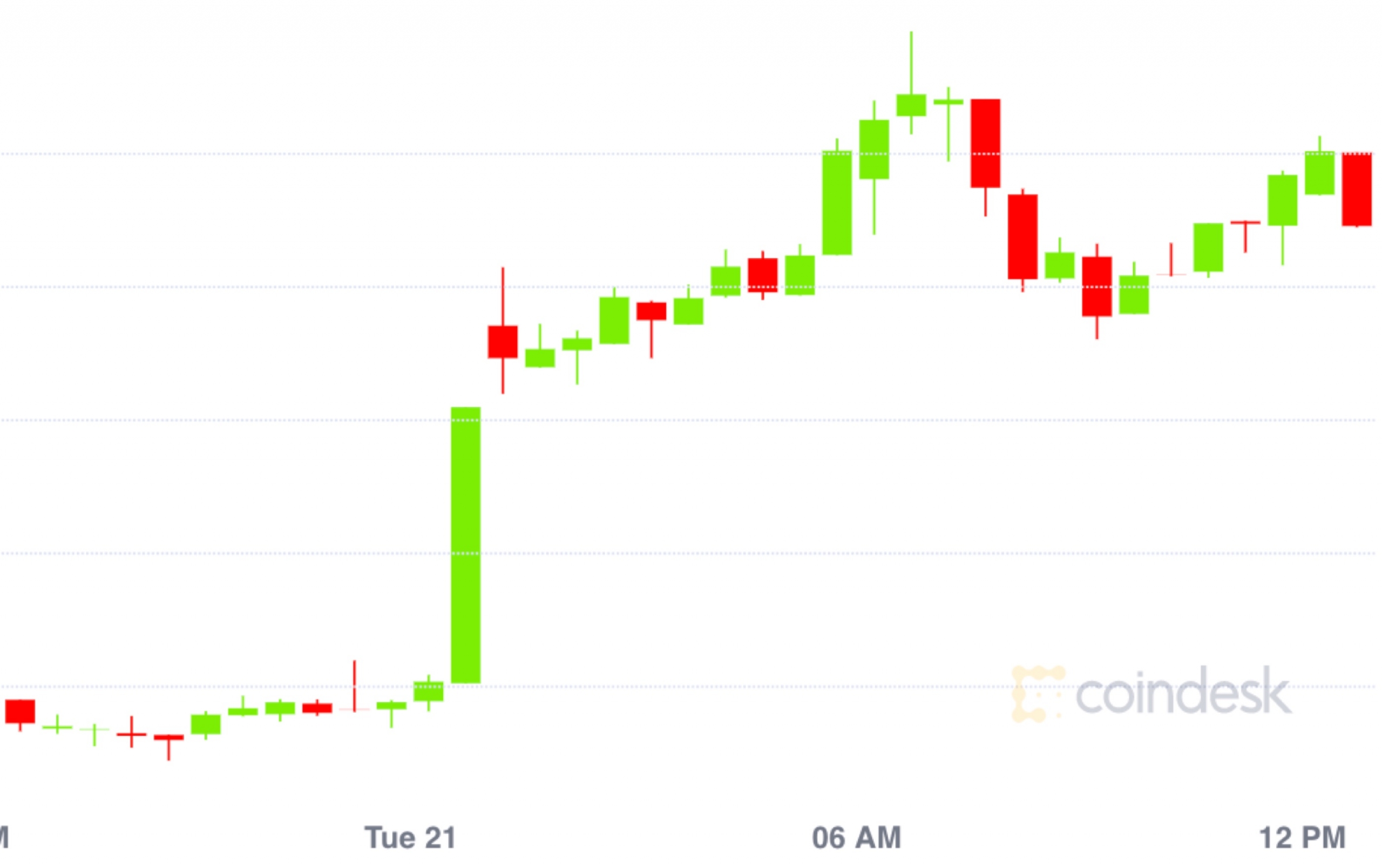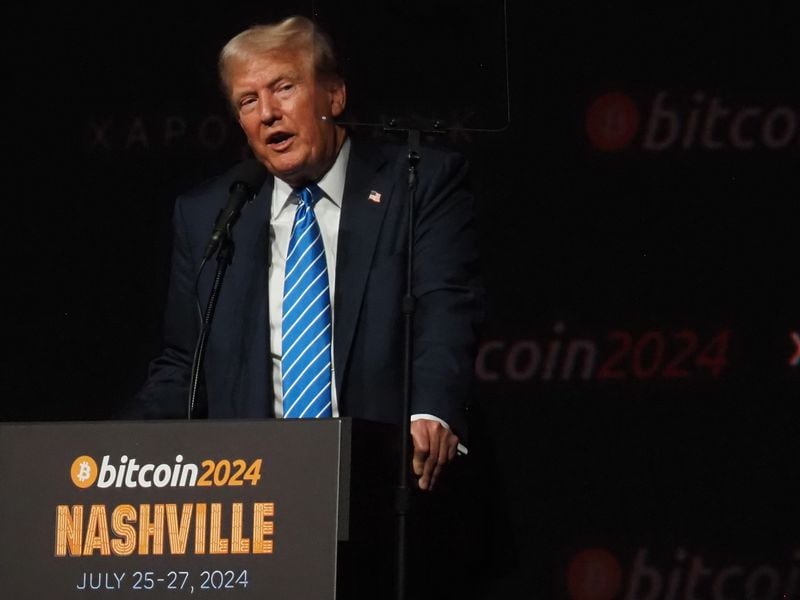IOTA Eyes Big Crypto Leagues Again With Series of Network Boosting Plans
-
IOTA developers plan to release a new ecosystem fund and a new blockchain that will support decentralized applications.
-
These changes are supposed to boost the value of MIOTA tokens and improve network security.
-
IOTA was one of the most-hyped and popular blockchains in the 2017 bull run, and developers plan to get it back on top.
A formerly major crypto project is eyeing the big leagues again with a series of decisions that benefit network development and token prices – years after fading out of popular circles.
IOTA, which was one of the most hyped and fastest-growing tokens in the 2017 bull market, has lost market share to newer blockchains in the past years. However, IOTA co-founder Dominik Schiener told CoinDesk that the network is planning to release an IOTA 2.0 network and increase the utility of it’s MIOTA tokens in the coming months.
The key upcoming improvements are the introduction of an upgraded network, which will introduce smart contracts, a focus on layer 2 blockchains and decentralized finance (DeFi) applications, the introduction of a new ecosystem fund, and an increase in the utility of iota tokens.
The new IOTA ecosystem fund will be backed by the vested release of new MIOTA tokens. The Stardust hard fork is planned for an Oct.4 release and will lay the technical bedrock for IOTA 2.0, which is planned to go live in Q4 of this year.
A hard fork is a change to a blockchain protocol that renders older versions invalid.
The IOTA smart contracts will be introduced through a general-purpose virtual machine (VM), or a piece of software that executes smart contracts. Applications built on IOTA through later smart contracts will generate significantly more demand for Mana, a reputation system for nodes within the IOTA network, which in turn will increase the demand for MIOTA.
“This self-sustaining economic system is key to increase the security of the IOTA network and in turn, to generate more demand for applications and layer 2 networks to build on IOTA,” an IOTA representative told CoinDesk.
With Mana, the reputation would be gained by contributing to the network, such as providing value in the form of development. Developers say an increase in the monetary value of the MIOTA also directly increases the security of the entire network, which in turn creates more demand for block space – creating a financial flywheel.
Ecosystem Fund to Seed Projects
Schiener told CoinDesk that an ecosystem fund will be set up to incentivize developers and teams building on the network, especially as several other blockchains have floated their own funds to jumpstart activity.
“Unless we have more funding, we will not be able to catch up and IOTA will just slowly continue to lose market share and market cap. To break out of this downward spiral, we need to start making significant changes to increase adoption and growth,” Schiener said.
“We want IOTA to have a fighting chance to succeed in this market,” he added.
Following the hard fork, there will be a temporary bi-weekly token release that will last for 4 years, after which the total supply has been reached. This token release over a 4-year period will equate to an average year inflation of 12%.
After this 4-year period, the circulating supply of MIOTA would be 4.6 billion tokens.
Separately the network has also set up the Tangle Ecosystem Association based in Zug, Switzerland, and the IOTA DLT Foundation based out of Abu Dhabi, UAE, have been set up to support the IOTA ecosystem, developers said.
Edited by Parikshit Mishra.

